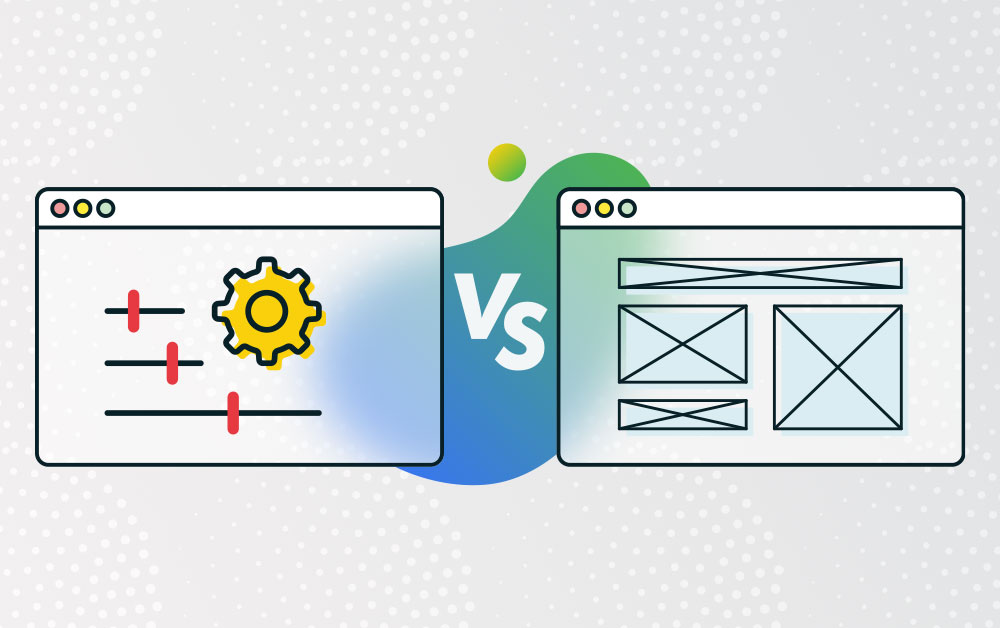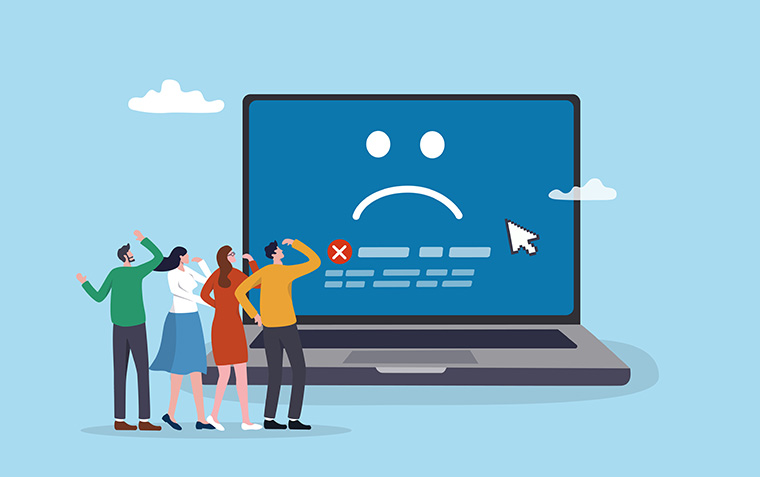What Are the Benefits of Optimising eCommerce Categories?

When it comes to running a successful eCommerce store, product pages often get all the attention. But there’s a powerful, often overlooked area that can dramatically improve user experience, search engine rankings, and conversion rates - your category pages.
Well-structured, SEO-optimised category pages aren’t just an organisational tool. They’re key landing pages that guide visitors to the right products and help search engines understand your site. Let’s look at the major benefits of optimising your eCommerce categories.
1. Improved User Experience
Optimised category pages make it easier for customers to browse your site. Clear headings, filters, and relevant descriptions help users find what they’re looking for faster - especially when dealing with large product ranges. The smoother the experience, the higher the chance they’ll convert.
2. Better Search Engine Visibility
Category pages are prime real estate for SEO. They often target broader search terms (e.g. “outdoor kitchens” or “women’s running shoes”) that have high search volumes. By including optimised titles, headings, descriptions, and internal links, you can rank higher in search results and drive more organic traffic to your store.
3. Higher Conversion Rates
When users land on a well-optimised category page, they’re usually already in buying mode. A page that includes useful content, bestsellers, product highlights, or educational information builds confidence and encourages purchase decisions.
4. Enhanced Internal Linking and Navigation
An optimised category structure creates a logical pathway through your website. By linking related categories and subcategories, you help both users and search engines understand the relationship between different sections of your site. This can lead to deeper engagement and improved site authority.
5. Supports Long-Tail SEO Strategy
While product pages often target very specific keywords, category pages are ideal for capturing broader and mid-funnel terms. You can also add supporting content (such as FAQs, guides or blog links) that targets long-tail phrases and provides additional context.
6. Reduces Bounce Rates
When users land on a category page that’s informative and easy to navigate, they’re more likely to stick around. Reducing bounce rates sends positive engagement signals to search engines and gives you more opportunities to convert visitors into customers.
7. Scalability as Your Product Range Grows
An effective category structure makes it easier to add new products without overwhelming the user. Grouping items logically under relevant categories helps keep your store clean and scalable, even as your inventory expands.
Final Thoughts
Optimising your eCommerce categories is a smart investment in both user experience and long-term search performance. By treating these pages as more than just placeholders, you create a navigable, SEO-friendly environment that makes it easier for customers to buy - and for search engines to rank your site.
If your current categories are underperforming or lacking in content, now’s the time to give them the attention they deserve. The results can be significant.
Ready to get more from your online store? Start by reviewing your category pages. Need help with SEO-friendly content and structure?





